What's the deal with ... umami? (and how to add its savoury goodness to your cooking)
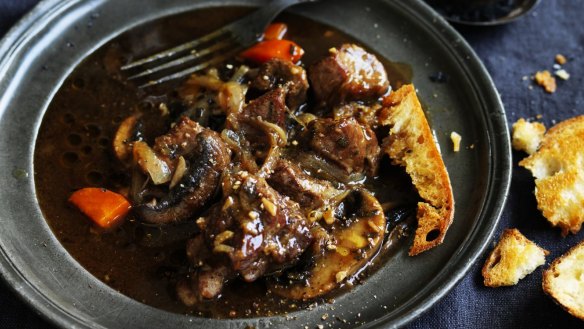
If you've come across any type of food writing (including here!), you've encountered the word "umami". Maybe it's that the word is Japanese in origin or just cool-sounding, but often the term is used as a stand-in when a writer can't pinpoint the appeal of a food. It lends mystery, sure. However there's a lot we do know about this "fifth taste" and how it works, as well as how you can make it work for you.
What it is
Depending on who you ask, umami translates to something akin to "savoury" or "deliciousness". According to one of my favourite food science sources, Robert Wolke, umami evolved from "umai", the Japanese word for tasty. Most of us learned about the four basic tastes in school – sweet, sour, salty and bitter – and in the time since Japanese chemistry professor Kikunae Ikeda identified umami at the dawn of the 20th century, it has joined the club as the fifth.
"Umami is valuable to cooks for many reasons: it draws out the flavours of other ingredients in a dish, adds a depth and satisfying savoury flavour, balances the overall taste of a dish and reduces the need for additional salt," writes Atsuko Ikeda in Atsuko's Japanese Kitchen: Home-Cooked Comfort Food Made Simple.
The Umami Information Centre (yes, it's a thing!), founded by a group of researchers in Japan in the 1980s, notes that umami has three main characteristics: It is experienced across the tongue, lingers in the mouth and promotes saliva, which is why umami is often associated with a particularly noticeable .
How it works
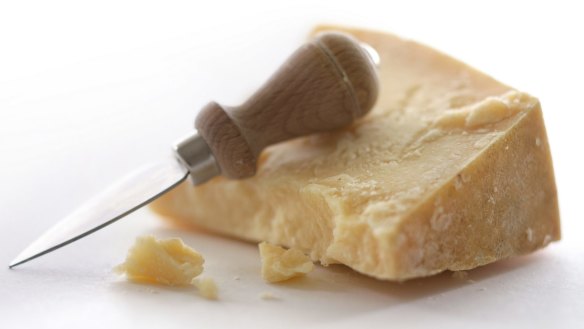
Umami itself is not an ingredient. It's not something you find in food. Rather, it's a reaction to and perception of what we're eating. A family of chemicals called glutamates is primarily responsibly for creating the umami sensation. Glutamates "are salts of glutamic acid, one of the amino acids that are the building blocks of proteins," Wolke explains.
In addition to receptors for the other four tastes, our tongue has receptors for glutamates. Being able to perceive glutamates means our bodies are also able to perceive when we eat proteins. "Sensing umami triggers the secretion of saliva and digestive juices, facilitating the smooth digestion of protein," according to the Umami Information Centre. And that's an important survival skill, as important as our body's ability to know when something is bitter (beware, potential poison!), sweet (yum, eat up!) or salty (time to regulate those fluids!).
While glutamates are the MVP of umami, there is another group of chemicals called inosinates that contributes to the cause. Says cookbook author J. Kenji Lopez-Alt in his book, The Food Lab: "Think of inosinates as the Robin to glutamate's Batman – they aren't necessary for the job, but they sure help an awful lot." They are a kind of umami amplifier. Like inosinates, guanylates are another umami-enhancing chemical.
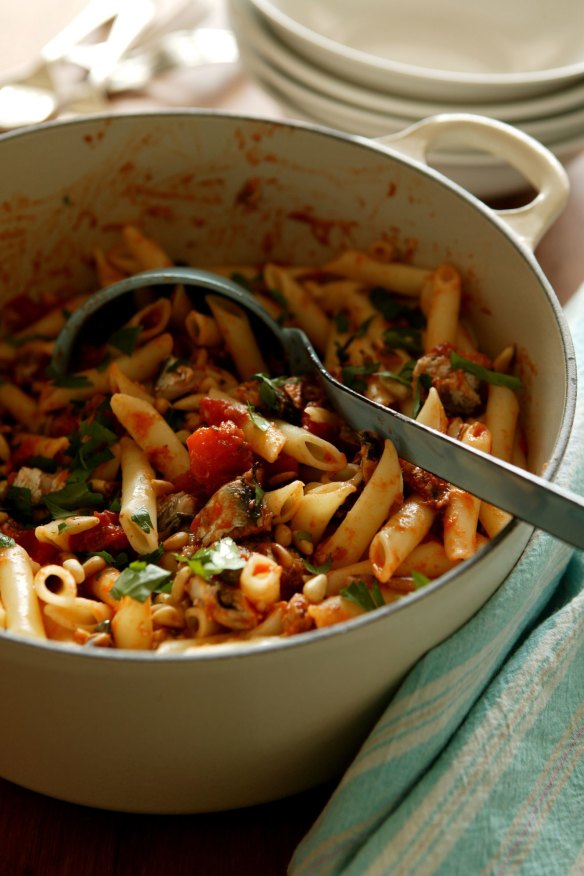
The food
Kikunae Ikeda unearthed the presence of glutamates thanks to his study of the seaweed kombu, a crucial ingredient in savoury Japanese broths. Like kombu, some ingredients, such as anchovies, tomatoes and mushrooms, are naturally high in glutamates.
Other foods are high in glutamates because of how they're processed. Wolke explains that proteins themselves are too big to affix themselves to our taste receptors, which is why it takes some breaking down for us to register them. Hence, the particular umami appeal of cooked meat.
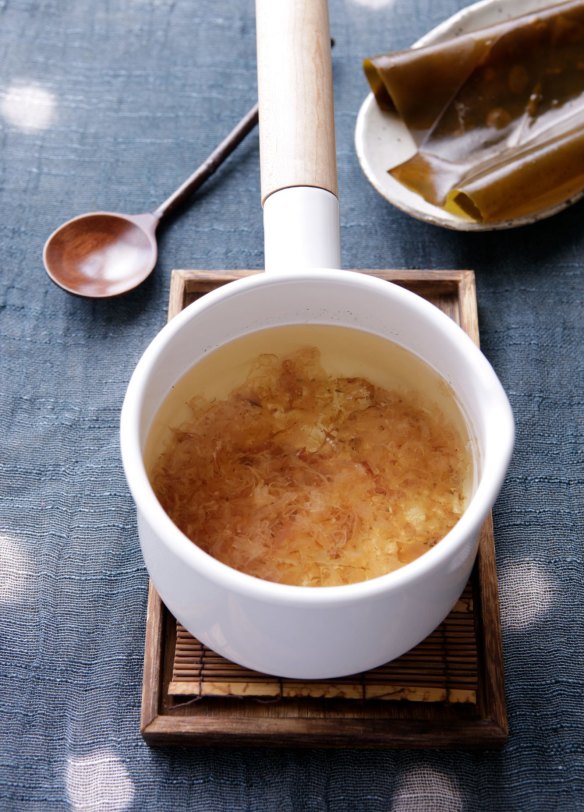
Fermented or aged foods also go through this kind of transformation, which is why cheese (particularly parmigiano-reggiano) and fermented condiments (soy sauce, fish sauce, Worcestershire sauce, miso, kimchi) are also closely associated with umami. Tomato paste concentrates what's already in the fruit as well.
In terms of glutamates' partners in crime, if you're looking for foods that are high in inosinates, consider anchovies or sardines, pork and bonito (dried fish flakes). Dried mushrooms are high in guanylates.
The MSG debate
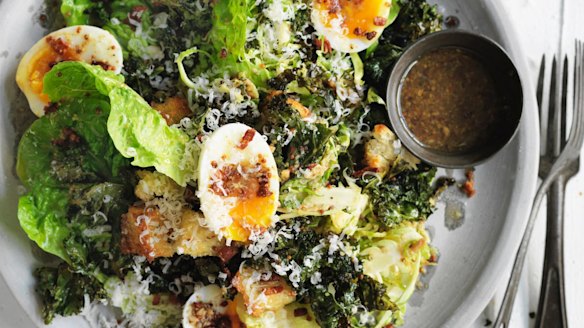
When Kikunae Ikeda discovered umami and glutamates, he managed to extract something else from his kombu: monosodium glutamate, also known as MSG. It is about as close to an umami seasoning as you can get, and he parlayed it into a successful product for the masses.
"Everyone has heard of Chinese Restaurant Syndrome or CRS, an unfortunate and politically incorrect label that was applied in 1968 to a diffuse collection of symptoms reported by some people after consuming" dishes made with MSG, Wolke says. The "syndrome" originated in a letter in the New England Journal of Medicine, and thus commenced decades of debate, which often touched on sensitive cultural issues.
The US government has even weighed in. "FDA considers the addition of MSG to foods to be 'generally recognised as safe'. Although many people identify themselves as sensitive to MSG, in studies with such individuals given MSG or a placebo, scientists have not been able to consistently trigger reactions," according to the agency.
"The glutamate in MSG is chemically indistinguishable from glutamate present in food proteins. Our bodies ultimately metabolise both sources of glutamate in the same way."
The cooking
Now that you know what kinds of foods help to create umami, you can apply it to your everyday cooking. So incorporate anchovies into your tomato sauce. Include kombu when making a soup. Throw a spent parmigiano-reggiano rind in your vegetable broth. Saute tomato paste with aromatics when you're building a stew. Stir soy sauce into your meatball mix. Lopez-Alt combines yeast extract spread with anchovies and soy sauce for the perfect umami storm.
Often, small amounts of umami-promoting ingredients won't register individually on the palate. Instead, they should just enhance what's already there.
You can, of course, be bold and garnish all kinds of dishes with kimchi or parmesan. Make a dipping sauce with fish sauce. Whatever you do, you can now say you know that it's not magic or mystery. It's umami.
The Washington Post
- More:
- Food